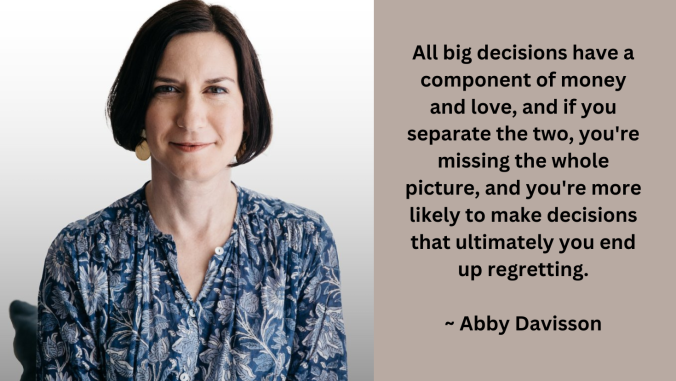3 takeaways on the makeup and purpose of sustainability teams
Plus, how political polarization is affecting priorities and succession planning.

Late last year, I published Weinreb Group Sustainability Recruiting’s latest CSO research about the chief sustainability officer (CSO) function for U.S.-based CSOs working at publicly traded companies in the United States. This research revealed who holds the position, their average tenure and trends such as the increasing number of women who occupy the CSO role.
In 2019, I’m going a little deeper on the role of the CSO, with a four-part series on trending issues, including the makeup of the sustainability team, how this country’s growing political polarization affects the sustainability function, investor relations’ growing interest in sustainability and CSO succession planning.
For this article, a subset of CSOs shared their thoughts on organizational trends within their sustainability team. I see three takeaways from their responses.
1. The ambition is to make sustainability everyone’s responsibility
Even though most leaders told me their company has a core, centralized sustainability function, their ultimate vision is for sustainability to become everyone’s job.
Frank O’Brien-Bernini, vice president and CSO at Owens Corning, makes this clear any time someone asks him how many people are on his company's sustainability team. "I always say 19,000 — the total employee population at Owens Corning," he said.
Dave Stangis, CSO of Campbell's, said he is a vocal advocate for embedding sustainability across his company. "I have no interest in building an empire," he said. "My sole goal is to build a stronger company."
This does not mean, however, that the goal is for CSOs to work themselves out of a job. Stangis said the central sustainability function is essential for three things: content expertise; influence; and trend-spotting.
Bea Perez, senior vice president and chief communications, public affairs, sustainability and marketing assets office for Coca-Cola, follows a similar model. "Since I became chief sustainability officer in 2011, I have worked to embed sustainability into our business operations, as well as bring together our subject matter experts to maximize our effectiveness," she said.I have no interest in building an empire. My sole goal is to build a stronger company.
2. Team sizes are the same, but demands are growing
Most leaders said that while their team size has not changed dramatically, the issues are constantly evolving. This, combined with increasing demands of stakeholders for companies to take action, report on and share their sustainability stories, is putting more pressure on the centralized team.
Owens Corning’s O’Brien-Bernini, who has been in his role for 11 years, noted that as sustainability becomes more relevant to business, the volume of sustainability work is growing. "Our central corporate team size has remained relatively stable over time, at about 40 people. However, the work is constantly evolving as we take on new change-leadership challenges while embedding prior initiatives into our standard business practices," he said.
Charlene Lake, CSO and senior vice president of corporate social responsibility at AT&T, said the size of her team also has been stable, but demands have increased. "We are working to become more efficient as needs grow, but we are also encouraging other departments to engage more fully in social and environmental sustainability initiatives — and we’re seeing that happen," she said.
As a recruiter, I often wonder if the growing burdens on the sustainability function will lead to burnout or will push sustainability teams to build the capacity of other functions. At Blackstone, CSO Don Anderson said his company is investing in the latter. "Our approach is to build capacity and capability in the companies that we own," he said. "We do not see separate ‘sustainability teams’ or ‘green teams’ as serving this purpose long term."
Hewlett Packard Enterprise CSO Christopher Wellise said capacity-building investments also will help future-proof the business in the event of a downturn. "I believe there is a slight trend toward increasing the size of the teams that is largely a function of the business cycle, and that companies in a downtrend may shed people in the sustainability function," he said. "That said, I believe companies are making some progress toward the uptake of sustainability subject matter in other functions."
3. Companies are investing in sustainability story-telling skills
Companies recognize that sustainability initiatives help engage employees, business partners and customers, and they are fine-tuning their approach to brand alignment and storytelling. This trend is happening alongside a parallel rise in demand for sustainability information from myriad stakeholder groups, which is keeping sustainability reporters (and other communicators) very busy.
"We recently combined our communications, public policy, marketing assets and sustainability workstreams into one function," Perez said. "By closely working together, our subject matter experts are better able to tell our story to stakeholders and consumers."
Today, Kellogg’s Heart and Soul strategy — which includes sustainability as well as well-being, philanthropy and social impact — comes to life through the "Breakfasts for Better Days" global signature cause platform, focused on delivering against its commitments to food security and hunger relief. "We partner with our brand teams to share our food journey and our progress against our commitments with customers and consumers through a myriad of communications channels," said Amy Senter, CSO at Kellogg’s.By closely working together, our subject matter experts are better able to tell our story to stakeholders and consumers.
MGM Resorts CSO Cindy Ortega said part of this trend is driven by social media. "In recent years, the trend in corporate America is more interaction between the sustainability teams and the advertising/marketing teams," she said. "This is likely a result of companies greatly increasing use of social platforms to communicate with customers and the substantial research that shows CSR messaging generates a high level of interest on those platforms."
When it comes to the makeup and purpose of the sustainability team, it’s clear that sustainability is becoming more important to business. The concept is embedded across the company so that everyone has a role to play. An increasing number of issues fall under the sustainability umbrella. And companies recognize the opportunity to connect with consumers, business partners and even their own employees by aligning their sustainability storytelling with their brand and communications strategies.
For CSOs, this is a good thing because it foretells the ongoing need for this function. As Neil Hawkins, former CSO of Dow Chemical, put it: "The trend is up on business-aligned sustainability resources."





